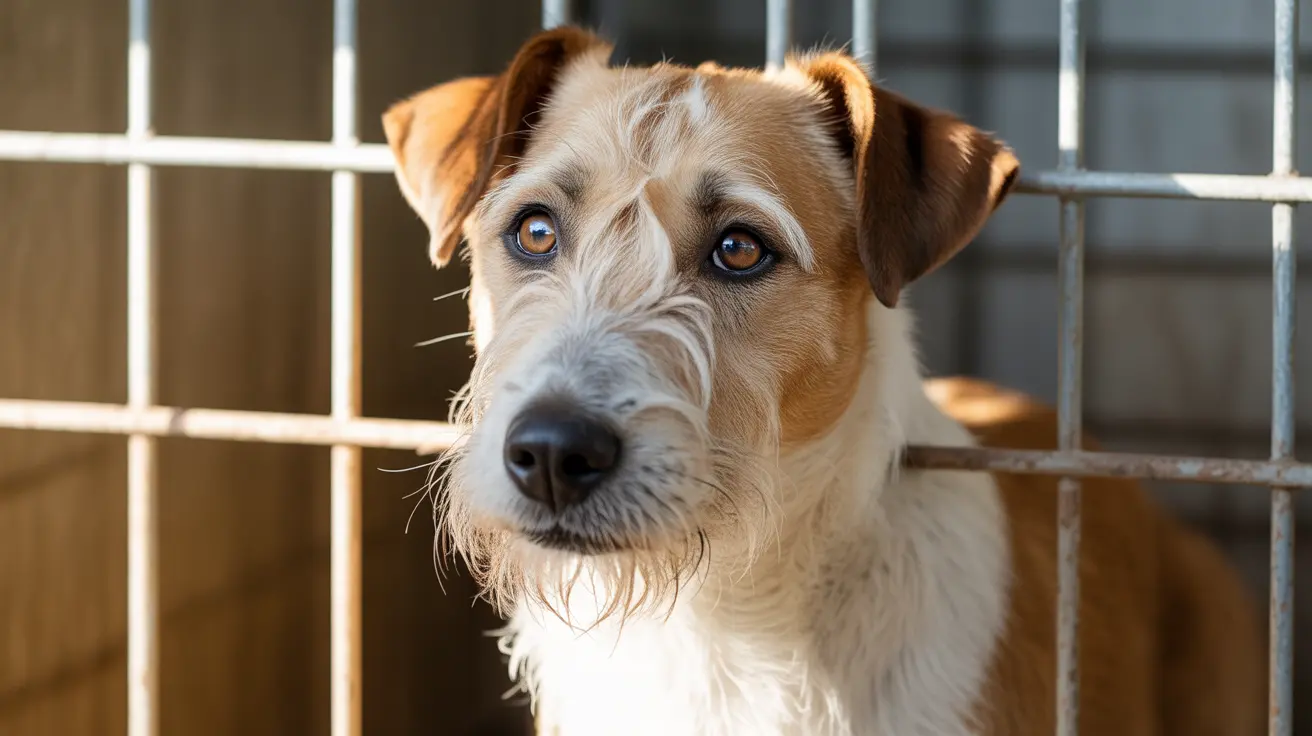Why Do Dogs Paw at Their Head? Understanding the Behavior
If you've ever noticed your dog repeatedly pawing at their head, you might wonder whether it's just a quirky habit or a sign of something more serious. While occasional scratching might not be cause for alarm, persistent or vigorous pawing can indicate underlying health issues that require attention.
Common Reasons Dogs Paw at Their Head
Dogs use their front paws to relieve discomfort and respond to irritations they can't reach with their mouths. Here are some of the most common explanations for this behavior:
- Ear Infections: One of the leading causes of head pawing, ear infections can be extremely uncomfortable. Symptoms may include redness, odor, discharge, or head shaking.
- Allergies: Dogs can suffer from food allergies, environmental allergens like pollen, or flea allergies that lead to itchy skin, especially around the ears and head.
- Parasites: External parasites such as fleas, ticks, or mites can cause intense itching, prompting dogs to paw at their faces or ears in an attempt to relieve the sensation.
- Foreign Objects: Grass seeds, dirt, or other small items can get lodged in the ear canal or around the eyes, causing irritation and resulting in pawing.
- Injuries or Pain: Cuts, bruises, or inflammation from trauma to the head area may lead a dog to paw at the affected spot frequently.
- Dental Issues: Toothaches or oral discomfort can sometimes manifest as facial pawing as dogs try to reach the uncomfortable area.
When to Be Concerned
While occasional scratching is normal, pet owners should watch for signs that indicate a more serious problem:
- Persistent or aggressive pawing
- Redness, swelling, or discharge from ears or eyes
- Bad odor coming from the ears
- Open wounds or scabs on the face or head
- Lethargy or loss of appetite alongside the behavior
If you observe any of these symptoms, it’s important to consult your veterinarian. Early diagnosis and treatment can prevent further complications and discomfort for your dog.
How to Help Your Dog
Depending on the underlying cause, here are some steps you can take:
- Inspect Their Ears and Face: Look for visible signs like redness, swelling, or debris. Gently wipe around the ears if necessary, but avoid inserting anything into the ear canal.
- Check for Parasites: Run your fingers through their fur to detect fleas or ticks. Consider using veterinary-recommended flea and tick prevention.
- Monitor Their Behavior: Note any changes in feeding, energy level, or other symptoms that could help your vet diagnose the issue.
- Visit the Veterinarian: If the problem persists, a professional exam can determine if medical treatment is necessary, such as antibiotics for infections or antihistamines for allergies.
Preventive Measures
To reduce the likelihood of head pawing due to medical issues, consider the following precautions:
- Regular grooming and ear cleaning with vet-approved solutions
- Using hypoallergenic shampoos for sensitive skin
- Maintaining a parasite control routine year-round
- Providing a balanced diet to support skin and coat health
- Regular veterinary checkups to catch issues early
Behavioral Causes
In some cases, dogs may paw at their head out of habit, boredom, or anxiety. If medical causes have been ruled out, addressing mental stimulation and emotional well-being becomes important. Provide chew toys, regular exercise, and a routine to help reduce stress-induced behaviors.
Conclusion
Dogs paw at their heads for a variety of reasons, ranging from minor to serious. By observing your dog's behavior and checking for accompanying symptoms, you can determine whether a trip to the vet is warranted. Prompt attention ensures your furry friend remains healthy, comfortable, and happy.





